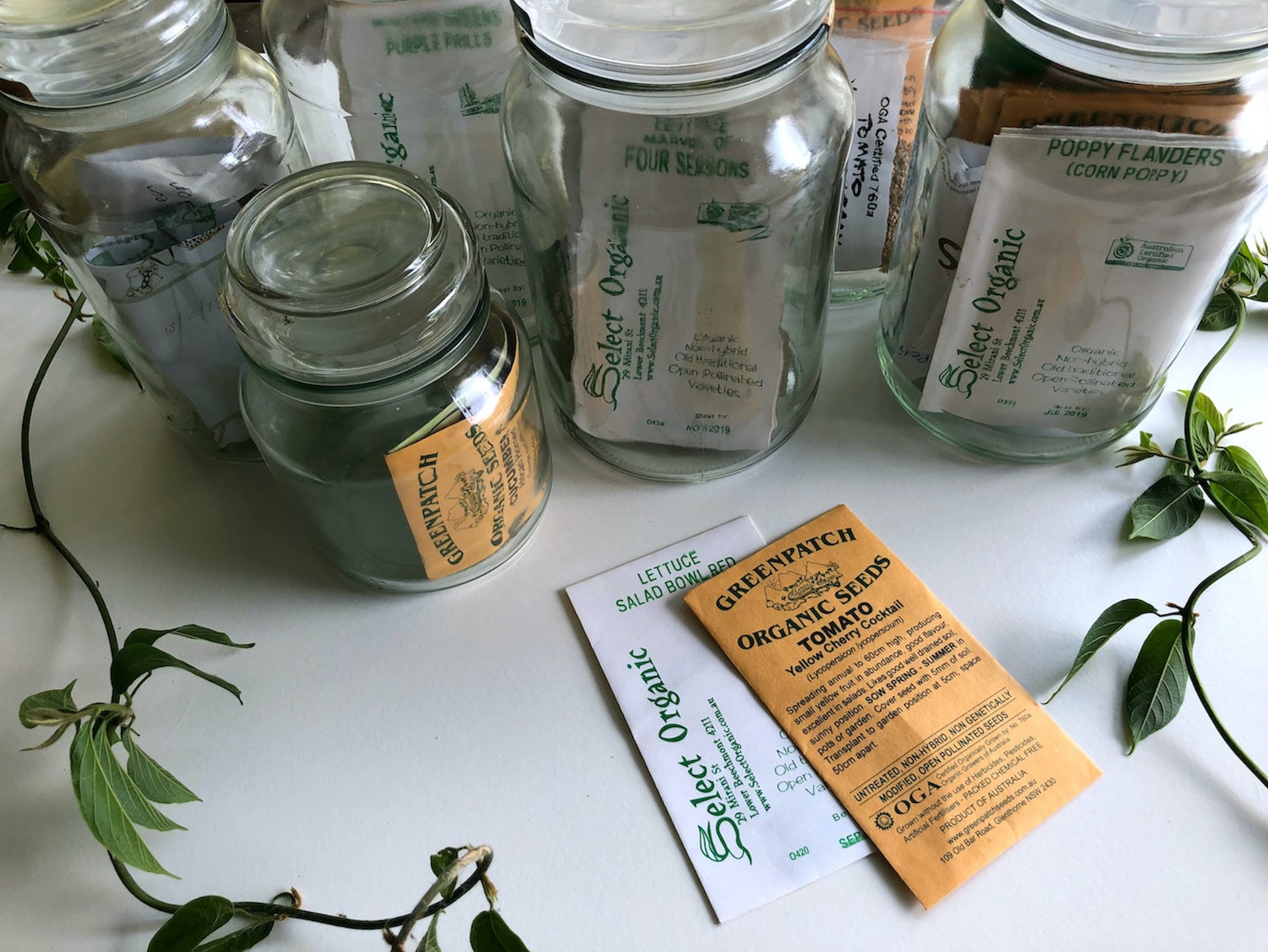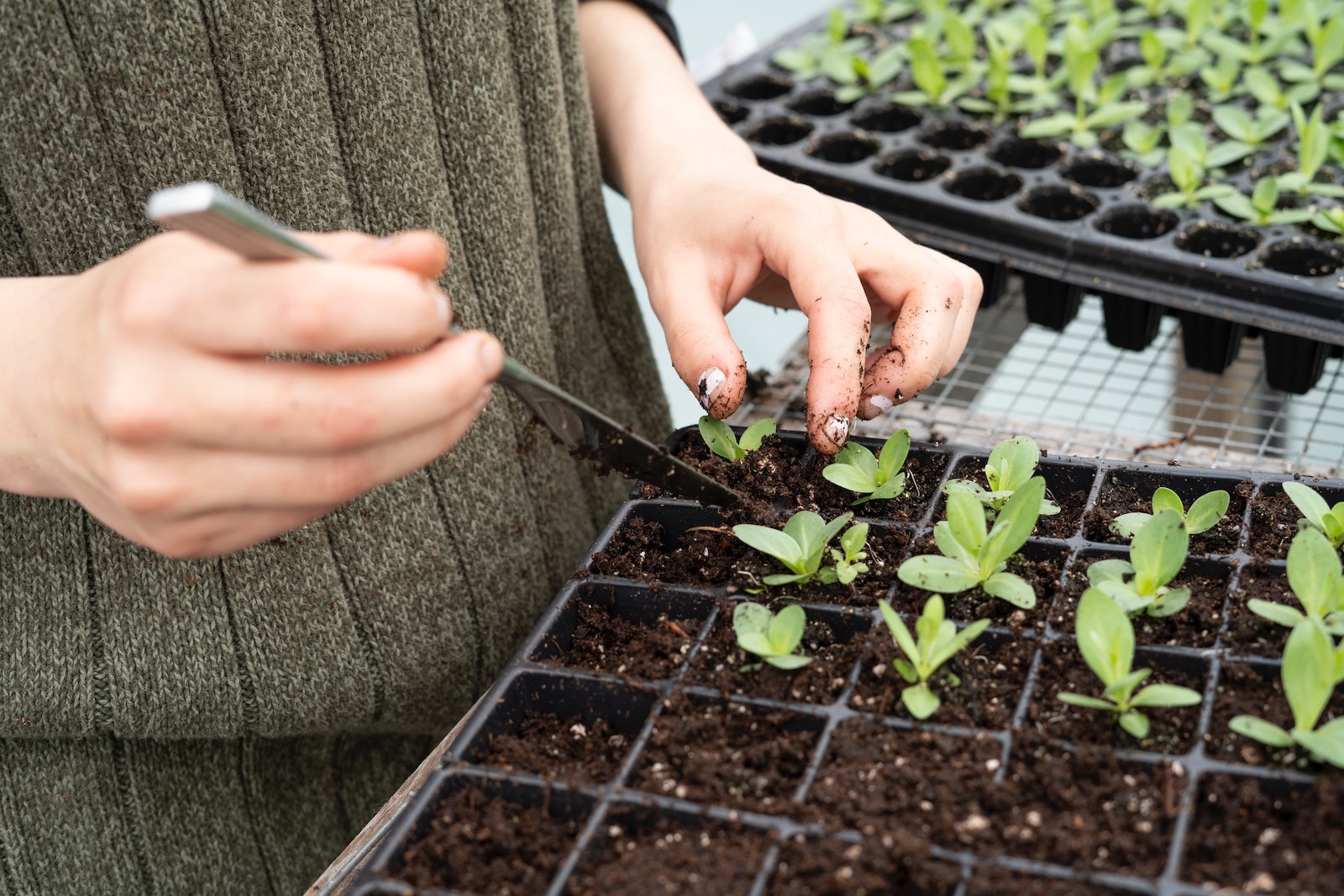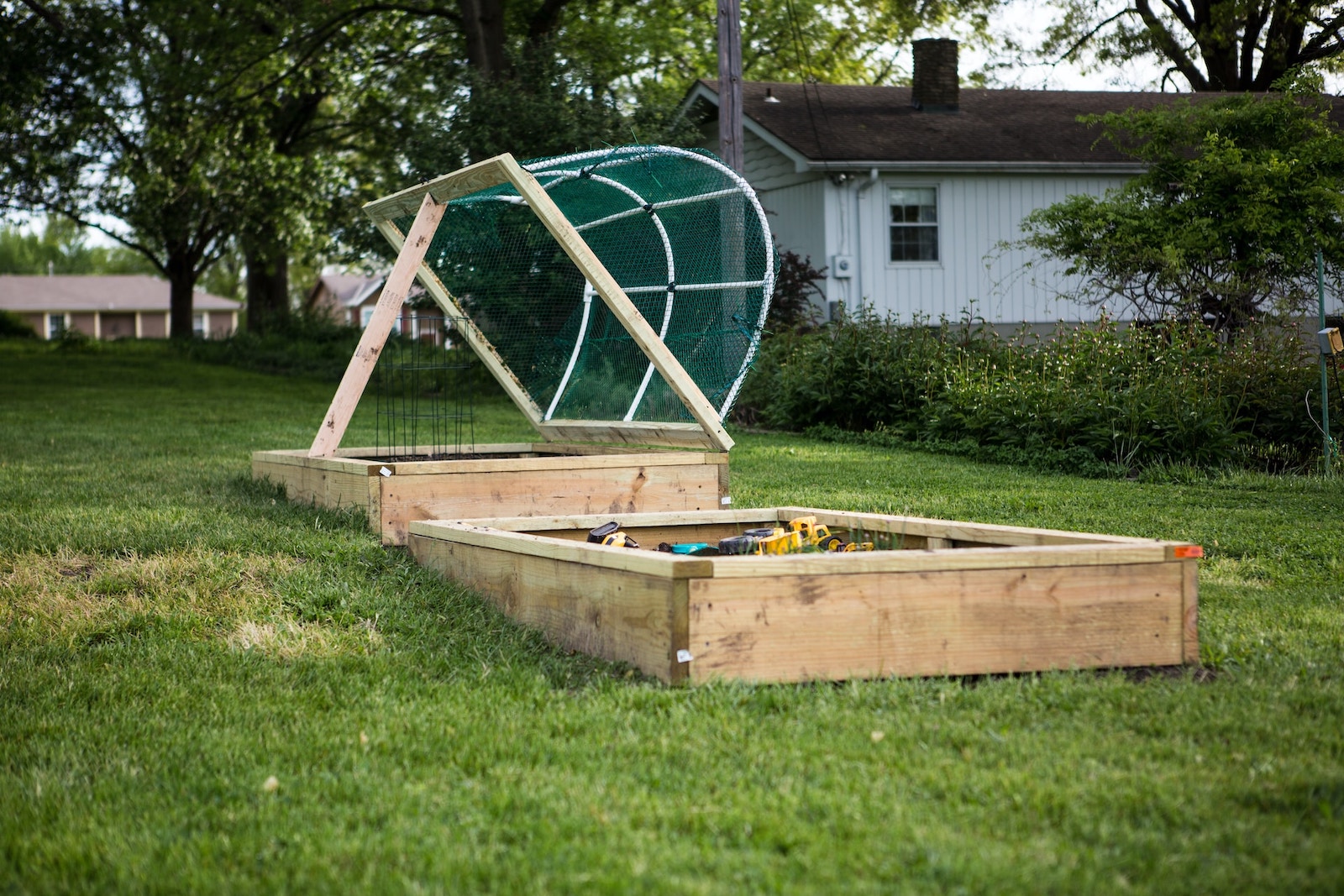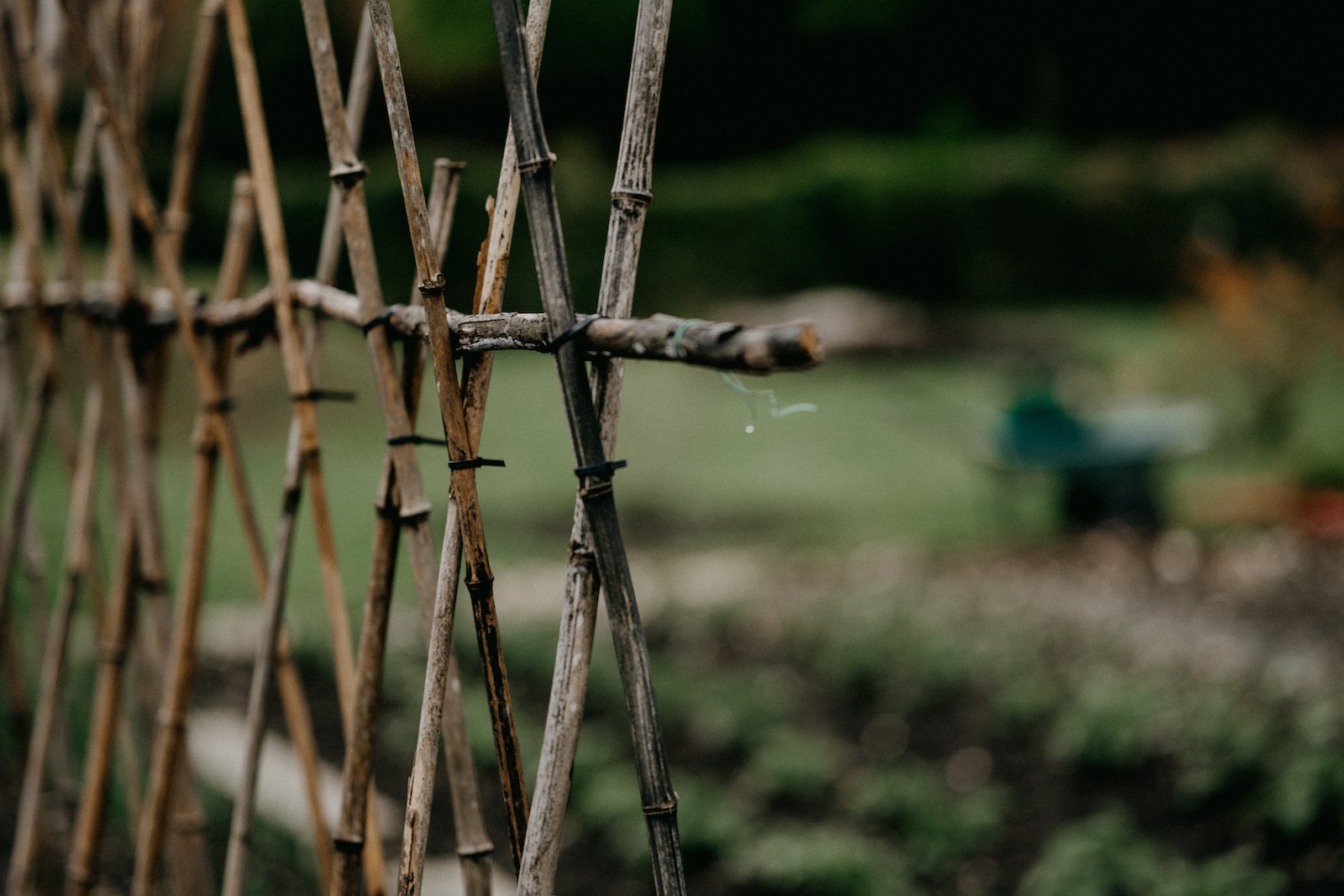As spring arrives, many gardeners get itchy to have their hands in the dirt. Before your ground thaws there is plenty you can do to get ready for the growing season.
Finish your plan for planting
When making your garden plan, think about planting food your family likes to eat, and make sure you’re ready to preserve what you don’t eat fresh by freezing or canning it. By creating a square foot garden, you can maximize your available space, and pack in as many tasty veggies as possible.
Make sure to take crop rotation into account too. Different plant types use up and replenish different nutrients in the soil. Switching up where you plant them is a great way to keep your soil as nourishing as possible for your plants, and can also help with pest control. Companion planting can help with pest control, weed suppression, and more.

Get your seeds ready
Once you know what you want to plant, you can start sourcing your seeds. Heirloom seeds foster biodiversity, and open pollinated seeds can be saved for next year. Baker Creek and Johnny’s are well-known standbys, and Fruition is a newer company specialized in varieties that perform well in short growing seasons. By attending or planning a seed swap, you can access a range of seeds while also saving money and building community.
Then, once you have your seeds, get them organized. Think which will need to be started indoors when, and which you’ll plant outdoors directly. I like to organize with dividers indicating when I’ll be planting them.

Start your seeds
Some plants like to be direct seeded, but others prefer to get started growing indoors in a controlled environment. Then, once they’re stronger, they can be transplanted outside. This helps speed up plant growth, which is extra helpful for those of us with short growing seasons.
A window can be a perfect low-cost spot for seed starting, or you can invest in grow lights. If you’ve got the budget, there are plenty of fancy set-ups out there. But you don’t need a lot of money or to be a DIY genius to make your own! Make sure you use seed starting material rather than soil - it’s lighter and more nutrient-dense to help seedlings succeed. You can use peat pods or pots, reusable plastic trays, or even egg cartons as containers to start your little seedlings.

Prep your garden bed
Once temperatures are consistently over 50 degrees, it will be time to clean out all those weeds and leaves, and pull off your winter mulch. Don’t get going too early though - let pollinators keep resting until their seasonal hibernation is done. If you have used a cover crop for the winter, now’s the time to mow it. In a raised bed you can use your weed wacker or a pair of gardening shears to cut the plant at the base. Leave the tops on the soil as a natural fertilizer and mulch.
Test your garden soil to figure out what amendments you need. Most veggies like a neutral PH of about 6.5-7.0. You can use amendments like sulfur to make it more acidic or lime to make it more basic. You also want to make sure that your soil is nice and rich with nutrients by adding some good vegetable fertilizer and compost.

Put up your trellising
Helping your plants grow vertically is key to maximizing your space and keeping your plants healthy. There are plenty of low cost options where you can repurpose fencing for pole beans and peas or use bamboo stakes for your cucumbers. A-frame trellises for squash can be moved as you rotate your crops year to year, and you can grow shade-loving plants beneath them, like radishes.
How are you getting ready for spring planting? Share your tips and tricks on TikTok and Instagram.
